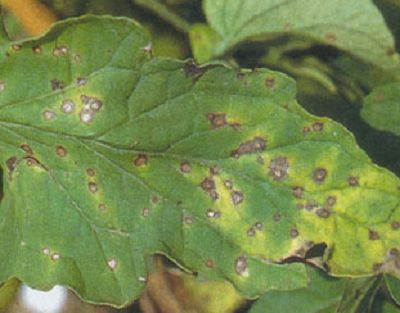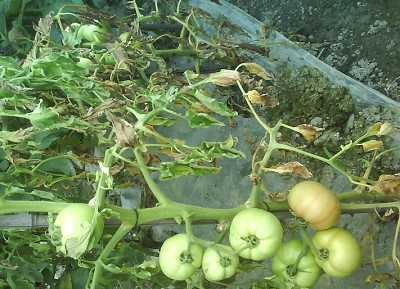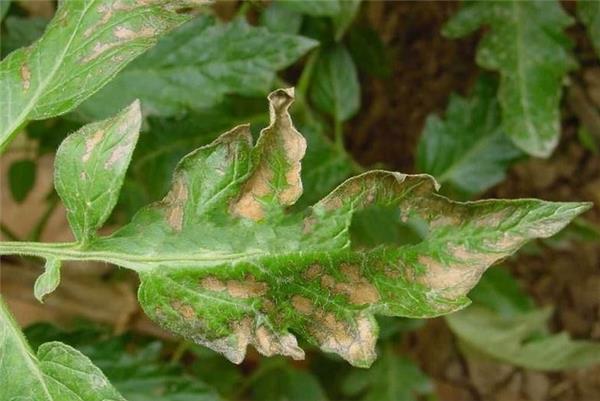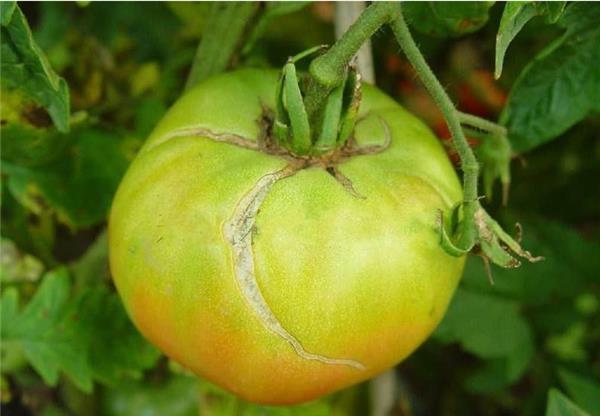How to control tomato diseases and insect pests
Tomato occupies a large proportion in autumn protected cultivation, and disease is the main obstacle affecting the high yield and high quality of autumn tomato. It is very important to prevent and control autumn tomato disease.

How to Control the main Diseases and insect pests of Tomato
Botrytis cinerea: 0.1% of 50% Sukeling wettable powder or 50% prohydantoin wettable powder can be added to the anther solution during flowering, and the effect is very good. The fruit can also be sprayed, but attention should be paid to the rotation of drugs to prevent bacteria from producing drug resistance.
Virus disease: it is a prominent disease of facility tomato in autumn. the virus sources are tomato yellow leaf curl virus, tobacco mosaic virus and cucumber mosaic virus. many kinds of virus diseases can be caused by mixed infection in the field. Sunshade nets and insect control nets should be used to reduce greenhouse temperature and block venomous pests such as whiteflies, aphids and thrips; timely ploughing to promote root development; reasonable watering according to plant and weather conditions to prevent overgrowth; pay attention to balanced fertilization to prevent premature senescence and enhance disease resistance; do not smoke in the field, keep the plant healthy and then the whole diseased plant when pruning and branching, and wash hands that have come into contact with diseased plants with soapy water. Timely use of color swatches and pesticides to control virus-borne pests.

Biological control
(1) to control insects with insects. There are many kinds of natural enemies in nature, such as ladybugs, lacewings, aphid flies, parasitic wasps, parasitic flies, they can prey on or parasitize aphids, whitefly, ground tiger, cotton bollworm, tobacco green worm adults, eggs, larvae (nymphs) and pupae.
(2) to control insects with bacteria. Such as Beauveria bassiana, cyanobacteria, fenitrobacter, Bt emulsion, agricultural streptomycin, neophytomycin, 5% Jinggangmycin, chloramphenicol, etc., can control a variety of diseases and pests on tomato.
(3) using yellow sticky board, yellow sticky tube and silver gray film to trap and kill adults of aphids and whitefly. Insect control nets can also be used to control a variety of pests.
Chemical control
(1) Prevention and control of pests. When spraying at the young age of pests, 2.5% EC 2000 times, or 200% EC 2000 times, or 200% EC 2000 times, can be used.
(2) Prevention and control of diseases. In the early stage of the disease, 65% of methamphetamine, 50% of carbendazim, 64% of disinfectant alum, 58% of Ruidu manganese zinc, 50% of carbendazim and 50% of carbendazim were used. After spraying, attention should be paid to ventilation and humidity reduction, and watering should be properly controlled. It can also be used with 10% Sukeling and 45% Chlorothalonil smoke remover 250g / mu, and 810 points are distributed in the shed. After burning with dark fire, the greenhouse is closed and smoked for 3 hours and 4 hours for prevention and control.

Control measures of soil-borne Diseases of Tomato in protected Field
(1) disinfect the soil in the greenhouse in summer with bacilli or Shengling.
Methods the steps were as follows: (1) during the empty stubble period between spring and summer after tomato harvest in the protected field, the high temperature was carried out when the temperature was more than 35 ℃. (2) the weeds of the old plants in the protected field should be removed by root, and the soil should be turned to a depth of 30 to 40 meters, and the soil mass should be fully broken. (3) 0.51kg of aldicarb or Shengling is applied per mu, mixed with appropriate amount of fine soil, evenly sprinkled on the ground (note: it can also be diluted and evenly sprayed on the ground) and applied to chicken manure, pig manure or other livestock manure 400kg 500kg, and then ploughed again, so that manure and pesticides are evenly distributed in the tillage layer. Fully irrigate the soil, soak the soil thoroughly, cover it with transparent plastic film, compact all around, close the shed to raise the temperature, the temperature in the shed can rise to 40 ℃ ~ 50 ℃, and stay in the shed for 15-20 days under the condition of high temperature and high humidity. Note: a. It is necessary to choose high temperature and sunny days for stuffy time; b. The sealing degree of greenhouse film and plastic film is better; c. The quality of soil preparation should be fine, the soil mass should be fully broken, and the fertilizer, dung, medicine and soil should be well cultivated. Sufficient water should be filled during treatment to induce the full germination of the bacteria. After treatment, disease-free seedlings should be planted in the greenhouse to prevent the re-introduction of harmful diseases and insects.
(2) soil treatment of seedling bed and seed disinfection
When raising seedlings, we must carry out seedbed soil treatment and seed disinfection. (1) soil treatment of seedbed: spray stubble gram disease-resistant and bacteriostatic wettable powder 6g per square meter of seedbed, mix 15kg of sifted fine soil, mix evenly into seedbed before sowing, rake evenly, sow and cover soil. (2) seed disinfection: bacteria with 0.3% seed weight and 0.5% seed weight or Guoyou 101 can be used to mix seeds (except coated seeds). Through soil treatment and seed disinfection, many diseases such as seedling quenching, blight and gray mold can be effectively controlled.

(3) requirements for high-yield cultivation
High efficient disease resistance and yield increasing agent granule was sprayed after seedling emergence and in the rapid growth period. Granule abundant is a kind of active substance which has many excellent properties for plant growth and development. It has a significant effect on increasing the yield and improving the quality of tomato. From the young fruit stage, 1000 times of Fengfeng liquid can be sprayed every 5-7 days as foliar topdressing.
(4) Prevention and control of continuous cropping diseases
Before transplanting tomato, applying heavy stubble during soil preparation is beneficial to soil remediation and inhibit the occurrence of soil-borne diseases and nematodes. Heavy stubble application amount: standard greenhouse (6 m × 30 m), heavy stubble 250 g, open field 1000-1500 g per mu. The maximum dosage is no more than 3000 grams per mu, Tiannuo No. 11 can also be used, 2 kilograms per mu of field or each standard shed.
It has a significant effect on increasing the yield and improving the quality of tomato. From the young fruit stage, 1000 times of Fengfeng liquid can be sprayed every 5-7 days as foliar topdressing.
(4) Prevention and control of continuous cropping diseases
Before transplanting tomato, applying heavy stubble during soil preparation is beneficial to soil remediation and inhibit the occurrence of soil-borne diseases and nematodes. Heavy stubble application amount: standard greenhouse (6 m × 30 m), heavy stubble 250 g, open field 1000-1500 g per mu. The maximum dosage is no more than 3000 grams per mu, Tiannuo No. 11 can also be used, 2 kilograms per mu of field or each standard shed.
Related
- Wuhan Hospital Iron Tree Blooming Result Was Instantly Frightened by the Gardener Master
- Which variety of camellia is the most fragrant and best? Which one do you like best?
- What is the small blue coat, the breeding methods and matters needing attention of the succulent plant
- Dormancy time and maintenance management of succulent plants during dormancy
- Minas succulent how to raise, Minas succulent plant pictures
- What are the varieties of winter succulent plants
- How to raise succulent plants in twelve rolls? let's take a look at some experience of breeding twelve rolls.
- Attention should be paid to water control for succulent plants during dormant period (winter and summer)
- Watering experience of twelve rolls of succulent plants
- Techniques for fertilizing succulent plants. An article will let you know how to fertilize succulent plants.



